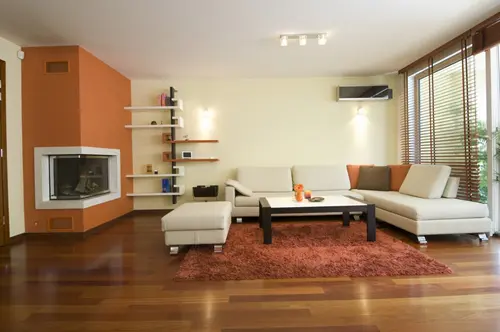Amid competition with other efficient lighting technology such as the compact fluorescent lamps, low voltage LED lighting manufactured by Philips has multiple benefits.
Why LEDs are better than CFLs
While CFLs are energy efficient and are a great, affordable option for homeowners to cut their utility bill, there are a number of lighting performance areas that should be taken into account. For instance, LEDs last 25 times longer than an incandescent bulb and up to 10 times longer than a CFL. What about the energy savings? How does it compare to incandescent bulbs and CFLs? According to Consumer Reports, CFLs and LEDs use between 75 and 80 percent less energy than incandescent bulbs, making either a great choice for energy savings.
The price point between LEDs and CFLs is disparate. One of the most affordable LED bulbs is manufactured by Cree, and goes for about $10 retail. Despite LED prices falling more than 40 percent over the past two years, the best price for a CFL is $1.25 per bulb, still beating out the LED. However, because of LEDs long operational life, a single bulb can save upwards of $125, opposed to $60 from a CFL. Not to mention that you'll need to replace that CFL bulb 10 times before you need to replace the LED, ultimately costing more than if initially purchasing a single LED.
Not to mention, CFLs need time to warm up, and are impacted by constantly being turned on and off. CFLs require mercury, a hazardous heavy metal. LEDs, on the other hand, turn on instantly, are unaffected by the frequency they are switched on and off and they don't make that strange humming sound associated with CFL bulbs. It's no surprise then that global sales of LEDs have increased by 22 percent between 2011 and 2012.
Philips new bulb
While Consumer Reports selected Philips Master LED bulb MV 12 watt dimmable bulb as one of its three LED bulbs it would recommend, Philips recently released an updated version of that bulb. Designed as a halogen replacement lamp, Philips Master LED MR 16 7W lamps operate for 40,000 hours (up to 25 years if turned on for 4 hours a day) and delivers an 80 percent energy savings. It also features multiple angles of warm, halogen-like light in color temperatures ranging from 2,700K, 3,000K and 4,000K.
According to the U.S. Department of Energy, if every light was replaced with an LED over the next 20 years, the U.S. could save an estimated $250 billion, avoid 1.8 billion tons of carbon emissions and cut electricity consumption from lighting by half, as cited in Money Magazine.





